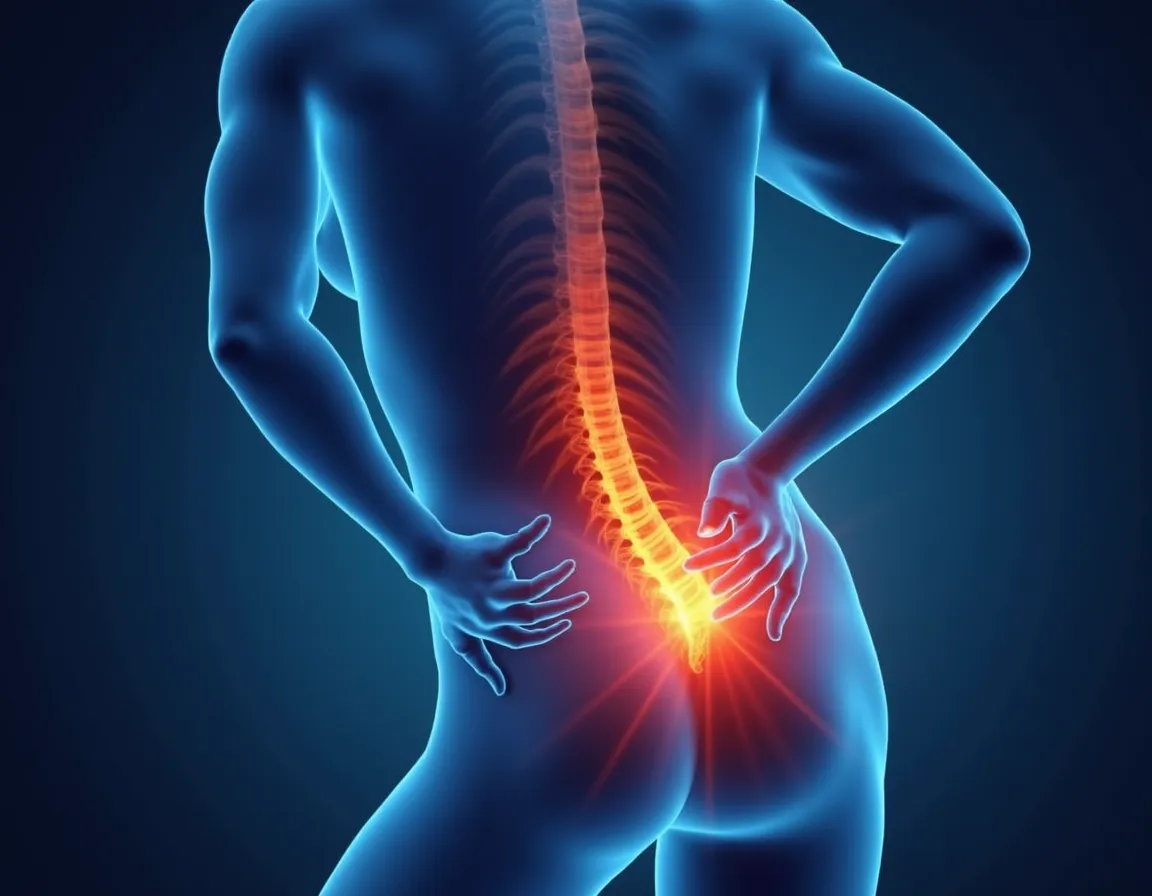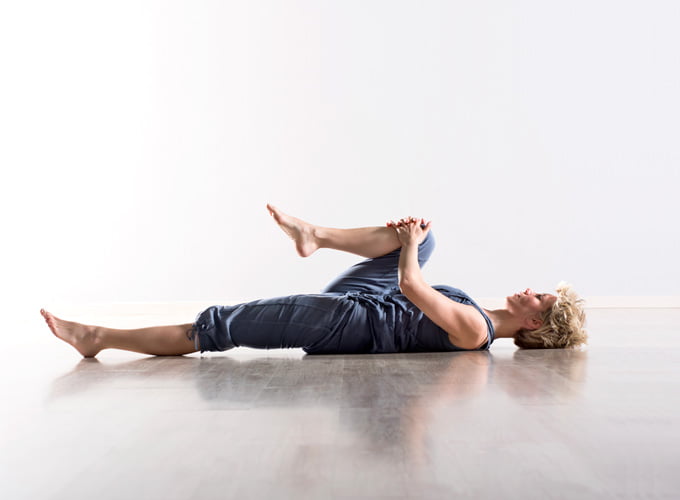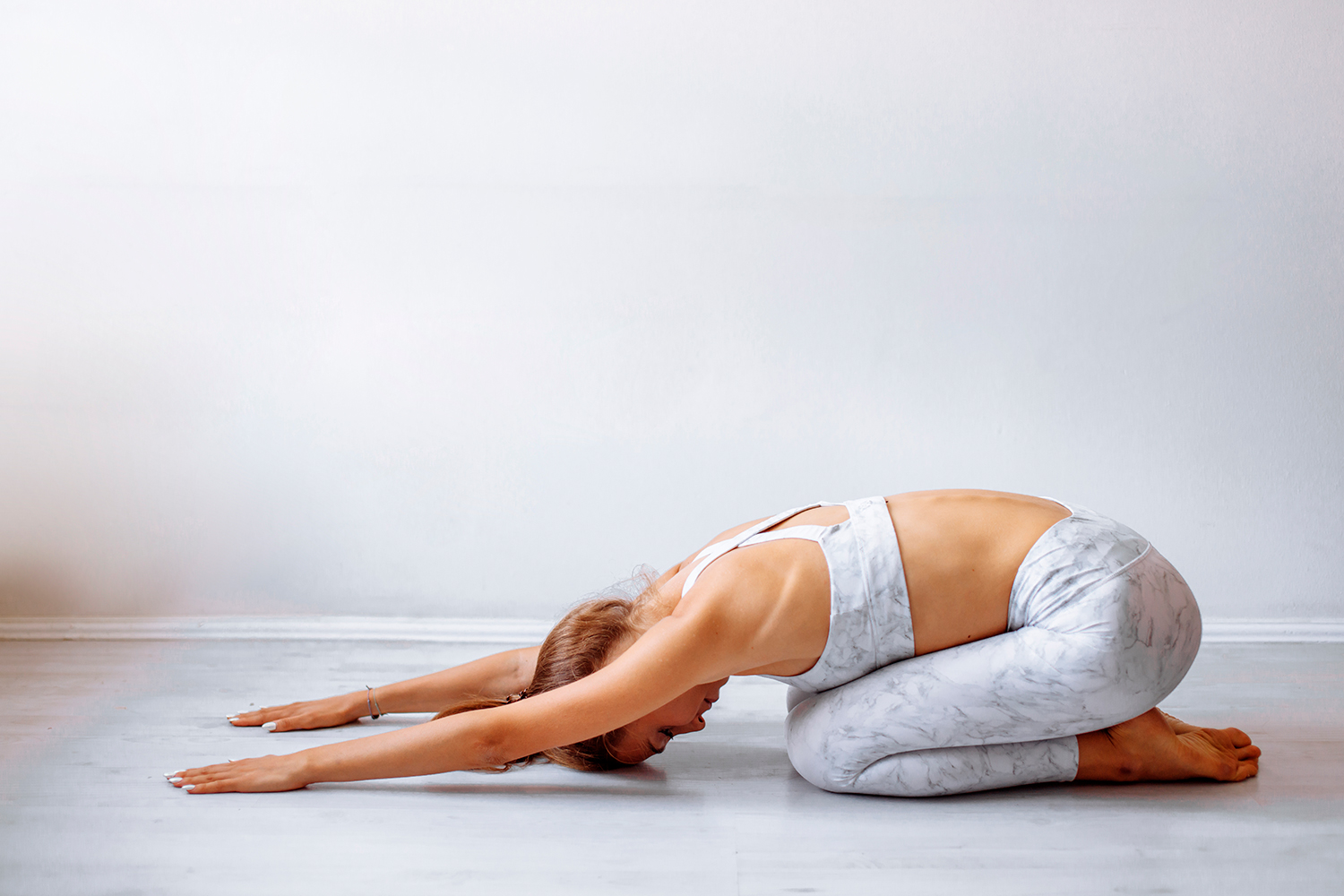
Say Goodbye to Sciatic Nerve Pain in Just 10 Minutes with This Natural Method
Sciatic nerve pain can be incredibly debilitating, affecting your daily life and even disrupting sleep. A 2023 University of Sydney study found that surgery to relieve sciatica pain and disability may only provide short-term benefits, lasting up to 12 months, with the evidence for surgery’s long-term effectiveness rated as low to very low. For many, this highlights the importance of natural, non-surgical methods that provide lasting relief without the risks of surgery. What if you could say goodbye to sciatic nerve pain in just 10 minutes with this natural method? Here, we introduce a quick, all-natural technique to relieve sciatic pain effectively, helping you get back on your feet faster.
Table of Contents
Understanding Sciatic Nerve Pain and Its Causes
The sciatic nerve is the longest nerve in the body, running from the lower back down each leg. Pain occurs when this nerve is compressed, often by injury or degeneration of the lumbar vertebrae—the five large vertebrae in the lower spine. This area endures a lot of stress from movement, making it vulnerable to age-related degeneration. As the cushioning discs between these vertebrae thin and harden, they can press on the sciatic nerve, causing pain.
For years, conventional wisdom suggested bed rest as the best remedy for sciatica, but recent studies show that prolonged bed rest might actually worsen symptoms. In contrast, gentle movement is now recommended to relieve sciatic pain. So, if you’re looking to say goodbye to sciatic nerve pain in just 10 minutes, keep reading for a proven combination of stretches and breathing techniques that can bring fast relief.
Say Goodbye to Sciatic Nerve Pain in Just 10 Minutes with This Natural Method: The Technique
This method combines gentle stretches with mindful breathing to reduce tension and inflammation around the sciatic nerve.
Preparation
Find a quiet, comfortable space to lie down with a mat or a soft surface.
Knee-to-Chest Stretch

Lie on your back and pull one knee gently toward your chest, keeping the other leg on the ground. Hold for 20 seconds, then switch. This movement can help ease tension in your lower back, where sciatic pain often originates.
Piriformis Stretch
:max_bytes(150000):strip_icc():format(webp)/Depositphotos_13398162_original-56a05ed03df78cafdaa14c1b.jpg)
With your back flat on the floor, cross your right ankle over your left knee. Slowly pull your left thigh toward you until you feel a stretch in your right glute. Hold for 30 seconds, then switch legs. This stretch is particularly helpful, as the piriformis muscle, located near the sciatic nerve, can sometimes cause irritation when tight.
Child’s Pose

Get on your hands and knees, then sit back on your heels while stretching your arms forward on the ground. This simple yoga pose relaxes the lower back and can help relieve compression around the sciatic nerve.
Breathing Technique
During each stretch, take deep breaths. Controlled breathing helps activate the body’s relaxation response, reducing muscle tension and inflammation. Paired with stretches, this breathing approach helps you say goodbye to sciatic nerve pain in just 10 minutes.
Why This Natural Method Works
This approach targets the lower back, hips, and glutes—the areas commonly causing sciatic nerve irritation. By gently stretching and engaging in mindful breathing, you increase blood flow and reduce inflammation around the nerve, which addresses the root of the pain instead of just masking it. For many, this 10-minute technique has become an effective, go-to solution for pain relief.
Additional Tips for Sciatica Relief
In addition to the 10-minute method above, these self-care tips can support long-term relief:
- Stay Active: Gentle activities like swimming or walking can reduce sciatic pain by keeping muscles flexible and relieving stress on the lower back.
- Avoid Prolonged Bed Rest: Staying active helps keep the muscles and joints healthy, while prolonged rest may worsen pain.
- Use Heat and Cold Therapy: A warm compress helps with muscle tightness, while an ice pack can reduce inflammation and numb the pain.
- Practice Proper Posture: Good posture, particularly when sitting, helps prevent strain on the lower back.
- Try Ergonomic Furniture: Chairs with lumbar support can be particularly beneficial for preventing and relieving sciatic pain.